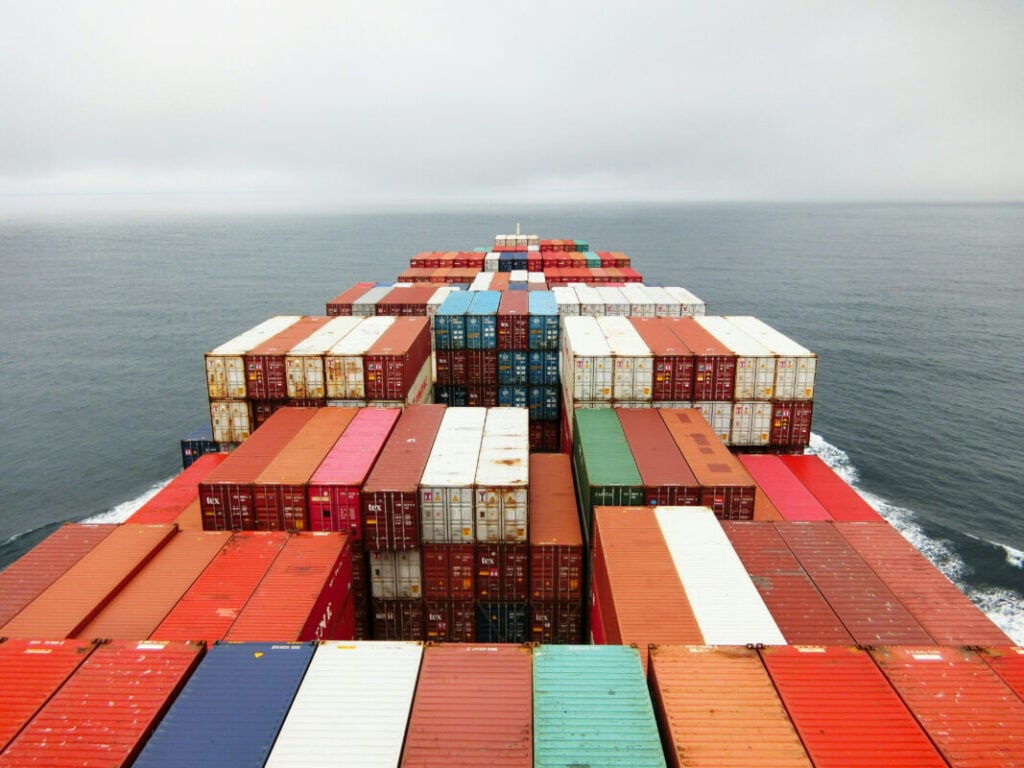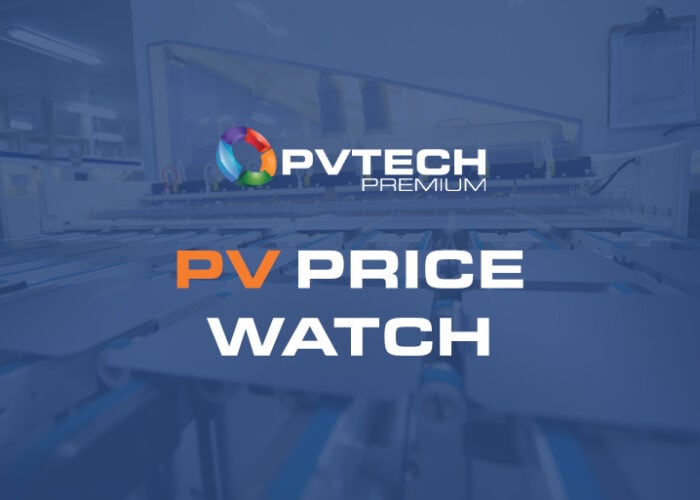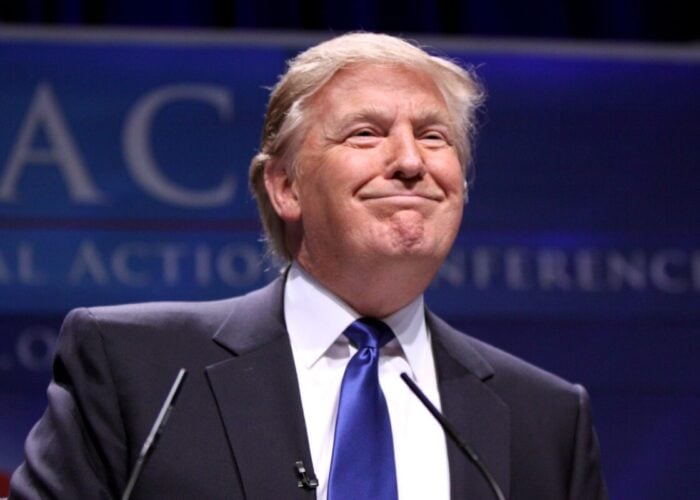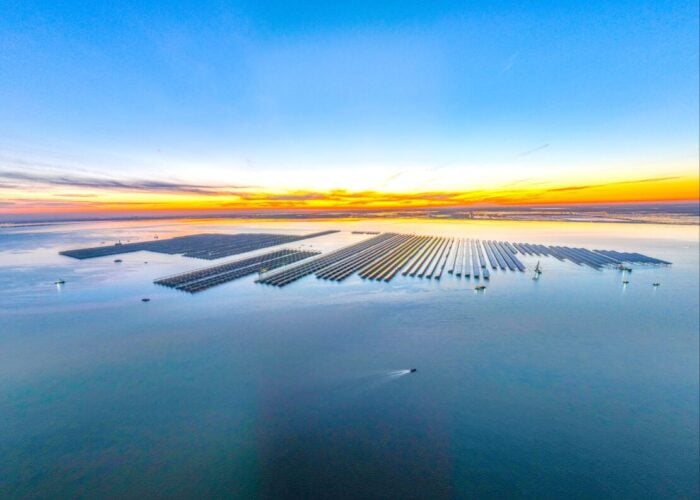
China’s Ministry of Finance and the State Administration of Taxation have issued an “Announcement on Adjusting the Export Tax Rebate Policy”.
Starting from 1 December 2024, the export tax rebate rate for some refined petroleum products, PV products, batteries and some non-metallic mineral products will be lowered by four percentage points, from 13% to 9%.
Try Premium for just $1
- Full premium access for the first month at only $1
- Converts to an annual rate after 30 days unless cancelled
- Cancel anytime during the trial period
Premium Benefits
- Expert industry analysis and interviews
- Digital access to PV Tech Power journal
- Exclusive event discounts
Or get the full Premium subscription right away
Or continue reading this article for free
Zhang Chi, chief analyst at Caitong Securities New Energy Department, told PV Tech: “The discussion about the reduction of export tax rebates has been ongoing for four months. The policy’s intention is to target industries with excess capacity, such as PV and lithium batteries, and guide the exit of outdated capacity by adjusting export tax rates. It is equivalent to all companies raising prices together at the lowest cost line. It will help reduce anti-dumping pressure overseas and it will have a smaller impact on local companies overall. It is a significant benefit for leading companies with overseas capacity.”
Zhang added that, in the short term, it will result in an increase in corporate costs, but in the long run, reducing the tax rebate rate is expected to boost the price of overseas modules.
According to the above-mentioned government announcements, PV products included in the list of products with reduced export tax rebate rates are for PV cells, either installed or not in modules. These include commodity code 85414200 (PV cells that are not installed in modules or assembled into blocks) and commodity code 85414300 (PV cells installed in modules or assembled into blocks).
In its latest analysis, metals information provider Shanghai Metals Market (SMM) predicts that in the second half of November, the tax rate adjustment is expected to stimulate overseas sales orders of some Chinese PV cell and module factories. The price is traded for volume to promote shipments.
Since the beginning of the year, module prices have already seen a price reduction of about RMB0.3/W, so compared with the module price decline experienced from last year to present, the actual impact of the reduction in export tax rebate rates could be limited.
Infolink data shows that since last year when PV entered a temporary supply-demand imbalance, the export prices of Chinese PV modules have also continued to decline, with the low prices for PV modules in most markets having reached US$0.08-0.09/W.






